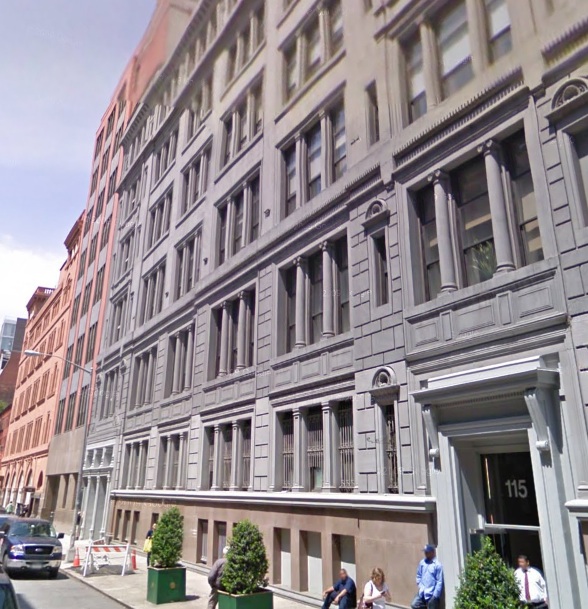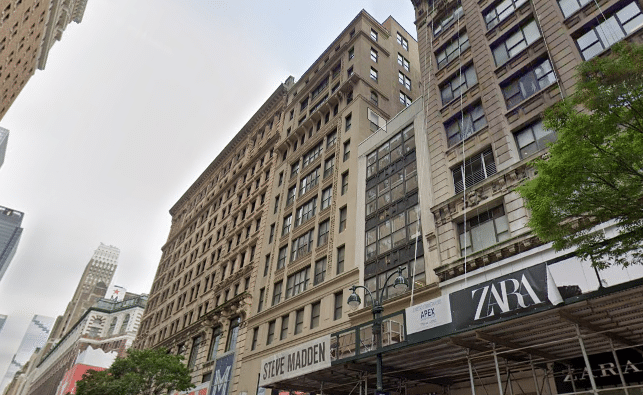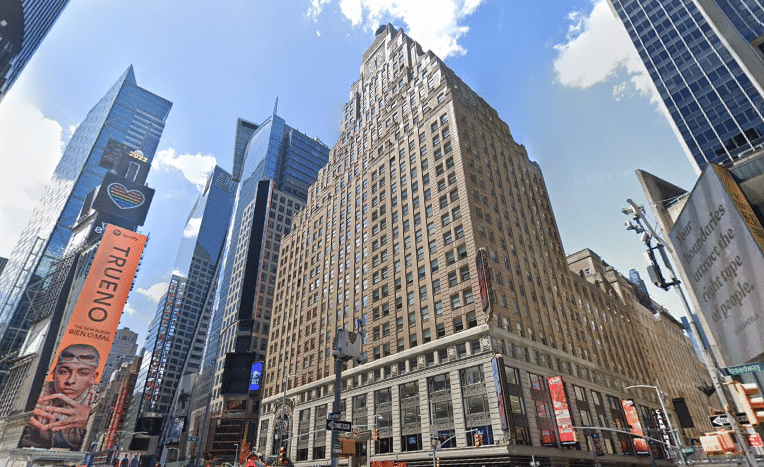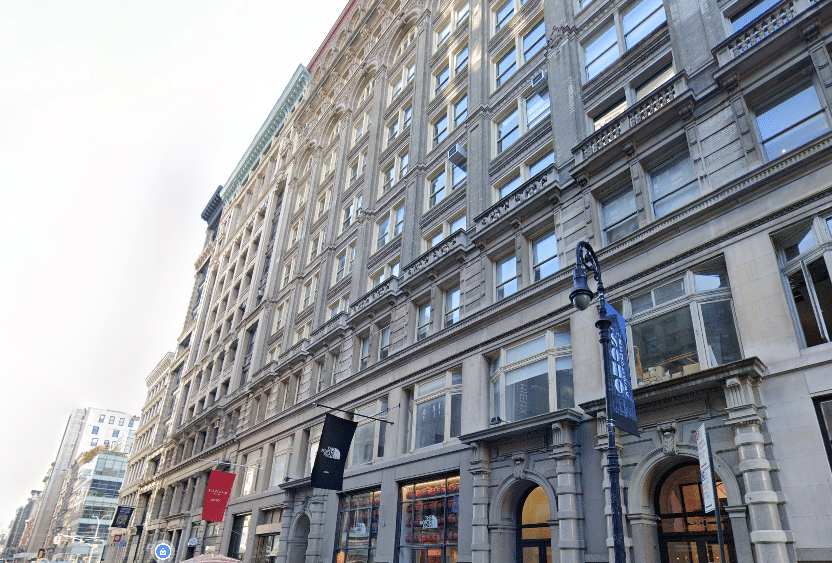It doesn’t matter if you’re a startup or an established hedge fund or law firm. Real estate costs will always be on your mind as the second highest business costs behind labor. So, it’s understandable if you’re curious about how and where to find quality bargain office spaces in NYC.
We’re not only talking about rental fees, either. Tenants must worry about property taxes, utilities, maintenance and repairs, insurance, etc. Depending on the property’s size, building class, and location, these ongoing costs can be substantial and add up over time.
Of the U.S.’s 25 largest office markets, Manhattan still easily has the highest office asking rents. In fact, according to Commercial Edge’s February 2023 National Office Report, with average office asking rents at $75.74, Manhattan is well above the second priciest office market, San Francisco ($67.43), and more than double the national average ($38.04).
Thus, on the surface, finding affordable office space in NYC without a high level of compromise in such factors as building maintenance, amenities, and access to transportation may be a challenge.
Yet, despite the city’s reputation for high commercial rents, attractive bargains have emerged since March 2020. With New York City’s “flight to quality,” pricing for high-end trophy Class A buildings have increased. However, the pricing for older Class A, B, and C office buildings and lofts has dropped significantly.
Where and how can you find these bargains?
Rule #1- Take the Price Per Rentable Square Foot with a Grain of Salt
Step one to find bargain office spaces in NYC is understanding how landlords measure a space.
Landlords market their space using a measurement called “rentable square footage” (RSF).” This measurement incorporates a tenant’s proportionate share of common areas like the lobby, common corridors, elevator shafts, and restrooms.
On the other hand, usable square footage (USF) refers to the space tenants actually use, measured within the exterior walls of their space.
Because USF is considerably less than the RSF measurement, it results in a loss factor.
Inflated loss factors effectively increase the price per square footage.
Therefore, business tenants must find low-loss factor spaces to get more usable space for their rental dollars and reduce real estate expenditures.
An excellent example of a building with low-loss factor spaces would be a boutique building with a small elevator or common area. Since the common areas are minimal, the loss factor should also be minimal. Additionally, REBNY states that undivided floors have a loss factor of 28%. In comparison, divided floors often have a loss factor of over 35%.
Furthermore, factors such as the landlord’s willingness to pay for a build-out, provide you with free rent or negotiate your annual rent escalation directly impact your real estate costs.
How can you find low-loss factor offices or offices with landlords willing to cover build-out costs? It’s an arduous task to do by yourself.
Per square foot asking rents are transparent and can be compared on several online databases. But potential tenants can only determine the efficiency of individual spaces and their loss factor with a physical inspection. Knowledgeable commercial realtors add significant value in such searches since they know which buildings offer the lowest loss factors.
Which Neighborhoods Offer NYC’s Biggest Office Bargains?
Midtown, Midtown South, and Lower Manhattan all have neighborhoods with inexpensive office rentals according to the price per square foot.
The Garment District and Accessory District offer the lowest rents in Manhattan today. Some office spaces even go for below $30 per square foot.
Additionally, many loft buildings in the area have been upgraded and offer architecturally interesting spaces comparable to those in Tribeca and SoHo.
The area around Grand Central Terminal is also notable for budget Class A space with asking rents of less than $57 per square foot. Depending on a tenant’s financial strength, and a landlord’s willingness to cover build-out costs and free rent, it’s possible to negotiate for less. Subleases in Class A buildings can also offer a real bargain with potential rents in the $40s.
In Lower Manhattan, the Financial District has an inventory of bargain office space. Moreover, government incentive programs in the Financial District, the Insurance District, and the World Trade Center neighborhood offer compelling value for potential tenants.
What Property Types Can You Lease at a Discount?
Besides location, building class and amenities can significantly impact the cost of office space.
Over the last few years, New York City’s commercial real estate market experienced a “flight to quality.” Businesses and investors prefer higher-quality, more modern, and trophy Class A commercial real estate properties over Class B and C. So do tenants!
In other words, modern Class A properties like 1 Vanderbilt, Hudson Yards, 425 Park, and others have seen values stabilize or increase. In contrast, generic B buildings, C buildings, and, to a degree, older A buildings have seen their prices go down.
So where should you look to capitalize on this “flight to quality” and cut your real estate costs?
Older Buildings
New York City’s commercial real estate market in 2023 is polarized from its”flight to quality.” Landlords owning trophy Class A buildings with modern amenities can command a higher rent. Landlords with older properties lacking these amenities may need to offer lower rents or concessions to attract tenants.
Tenants willing to forego some modern amenities can decrease their rent expenses by leasing space in older Class A, Class B, and Class C buildings. While these buildings won’t always have trendy features, the savings could be worth it.
Class C buildings offer the most savings. These buildings are typically older and lack modern amenities such as a 24/7 attended lobby, central HVAC, and high-speed automated elevators. However, they can still provide functional space for businesses unconcerned about a high-end appearance.
If you’re willing to spend a little more, Class B prices have also dropped and can offer favorable value.
Below-Market Office Sublets
Subleasing is common in New York City’s commercial real estate market. Tenants looking to sublet their space often offer lower rents than the market rate to attract sub-tenants quickly. For businesses on a tight budget, this provides an excellent opportunity to find quality office space at a discount.
However, subtenants must know that sublets usually come in ‘as-is’ condition. ‘As-is’ condition means that the new sub-tenant must make any necessary improvements or renovations. While sublet rents appear cheaper, these renovations can result in additional costs. Furthermore, sub-tenants must perform their due diligence before entering into a sublease agreement to understand the lease terms.
However, if the property needs no work, and due diligence checks out, it can be a fantastic opportunity.
Coworking Spaces
Coworking spaces have become popular for businesses and entrepreneurs looking for flexible and affordable office space in New York City. They are shared workspaces that allow individuals and companies to rent a desk or office space short-term, often month-to-month. With such flexible lease terms, coworking spaces are ideal for startups and small businesses needing more capital or resources to commit to a long-term lease.
Coworking spaces offer the cheapest office space option if you have a team of fewer than four people. You will also only pay one monthly bill that includes all utility and internet costs.
Despite WeWork’s struggles, it remains a popular coworking option in NYC. Other coworking spaces are Regus, The Yard, and Industrious.
Shared Office Arrangements
Shared office arrangements are an excellent way for businesses to find bargain office spaces in NYC by splitting rental costs with another tenant. In addition, it can help tenants gain access to amenities they otherwise would not have in their budget.
The Key Takeaway
With a bit of flexibility and the help of an experienced agent, you can find bargain office spaces in NYC fit for your business needs and budget. A knowledgeable commercial real estate broker can help you navigate the market, identify potential options, and negotiate favorable lease terms.
It’s important to consider alternative options, like subleasing, coworking, and sharing an office. However, a commercial real estate broker can help you evaluate each option and help you negotiate favorable terms.
It’s challenging to try and find office space with low loss factors or with a landlord willing to cover many build-out costs. Metro Manhattan Office Space has access to every commercial listing in Manhattan; whether you are seeking a Class A, B, or C building or a below-market sublease, we can find you affordable office space in NYC.














